The inhabitants lived on Paris during the siege of the city
• The fed inhabitants of Paris during the siege of the city of
The capital of France is famous for its gastronomy. It first appeared in Paris restaurants, as well as many popular gourmet dishes. But there were in the life of Parisians and heavy periods. So, within four months of 1870-1871. Parisians became the basis for the menu horse meat, the meat of dogs and rats. They even ate the elephant from the zoo.
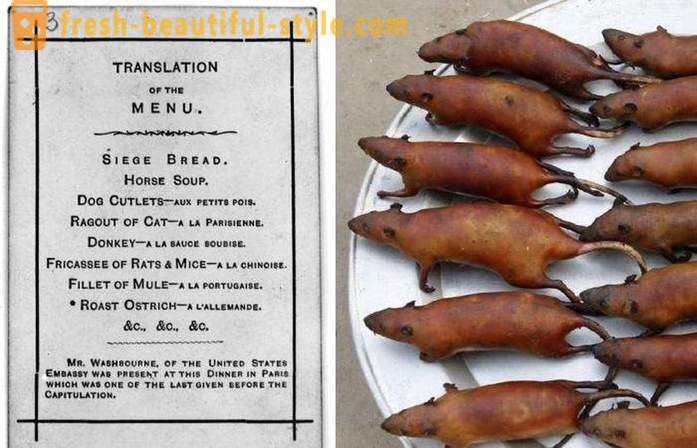
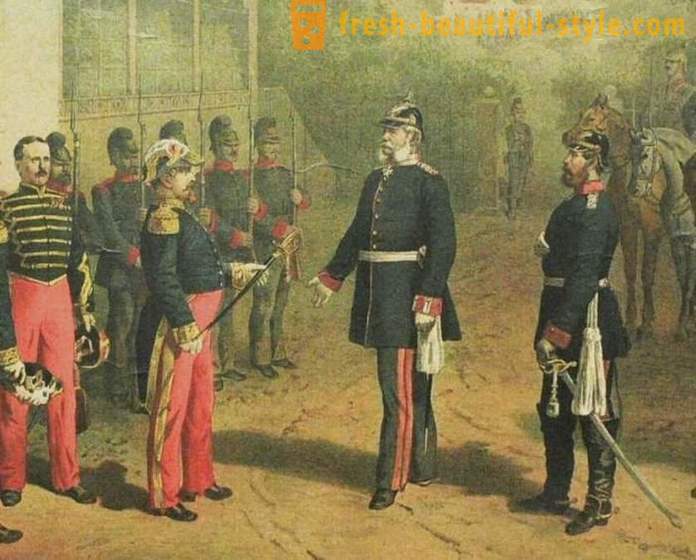
French Emperor Napoleon III surrenders captured Bismarck after the Battle of Sedan, 1870.
In the summer of 1870 began a bloody war between the French empire and the North German Confederation. German troops invaded France, Emperor Napoleon III went to the front and was captured at the Battle of Sedan. A day later, on September 3, the uprising began in Paris. September Revolution ousted the emperor and, once again, established a republic. France lost the war, and in Paris preparing for a siege. In anticipation of the blockade of the two millionth city from neighboring districts climbed all products, fuel, were driven herds of animals, which they could find.
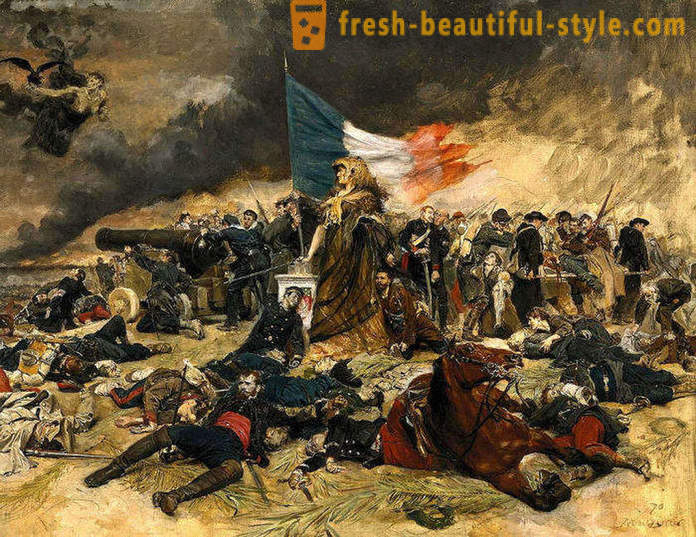
The siege of Paris in 1870. Jean-Louis-Ernest Meissonier.
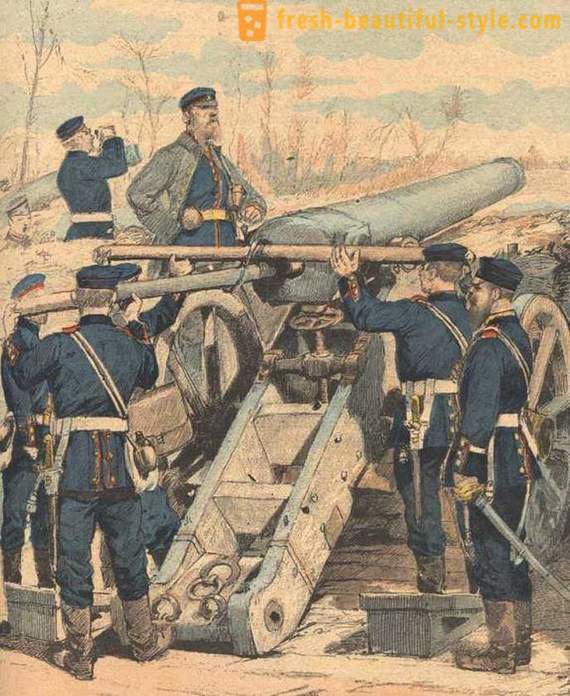
The German artillery shelled the French position.
September 18 the Germans completely blockaded and besieged the city of Paris. Storm it, they did not, for fear of their own excessive casualties. German generals were hoping to take the French capital it will help the hunger of his defenders.
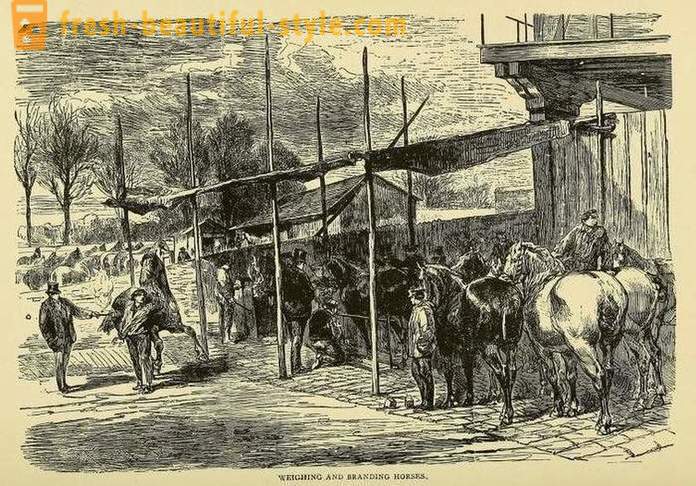
Weighing and selection of horses.
After only three weeks, 10 October, in the first signs of problems with the food, when it was not enough sheep and cattle. Parisians began to hammer on the meat of horses. And although the French have long been consumed horsemeat, pampered residents of the capital have already treated it with skepticism. However, the food consumed even blood. It is collected in slaughterhouses and used to prepare puddings.
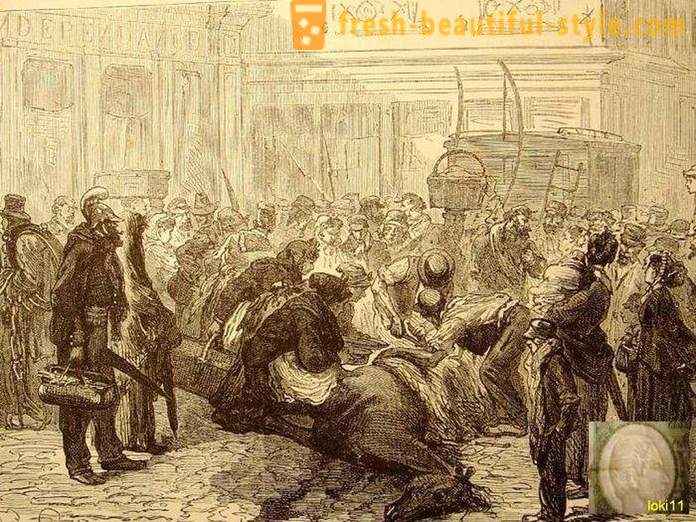
The Parisians cut up dead horses on the road, 1870.
These days in the Central Sanitary Commission in Paris staged a dinner party, which served a soup made of horse meat with toast, boiled horse meat with cabbage, a horse's thigh à la mode, braised horse side, roast fillet of horse meat. Finished meal beef sausages and cold meats from the same horse. But that was only the beginning of the forced gastronomic "frills" Parisians. So the inhabitants of Paris turned to alternative sources of calories.
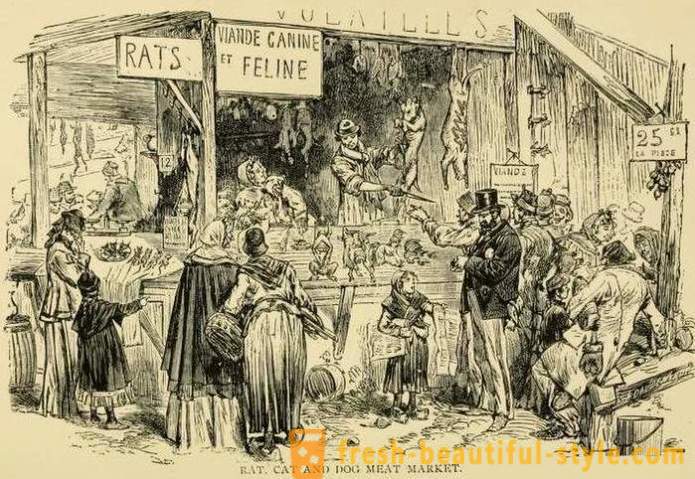
The Parisian shop where they sold rats, cats and dogs.
November 12, 1870 on the Rochechouart street set up a booth, where, according to an eyewitness, posted rather unusual meat:
"On the right side of the counter were several large carcasses of dogs and cats ... ... left on the counter - about a dozen rats on a tray. Young woman all wrapped up, timidly approached him, and the little girl with her. They wanted to know the price of the rats, and, if you have enough money to buy one. "

The Parisian housewife in the queue to the butcher.
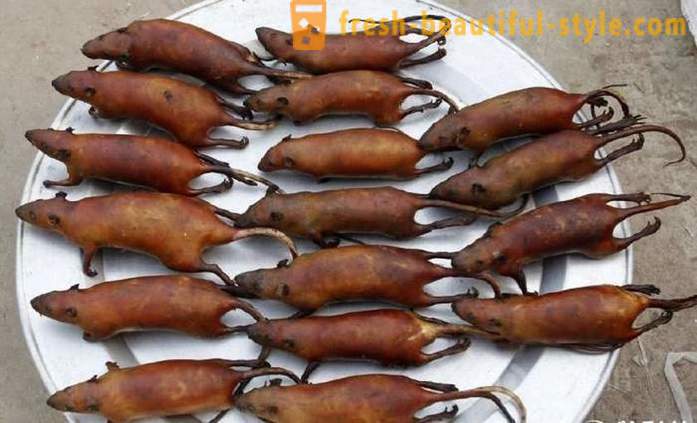
Fried rat on a platter.
Another eyewitness siege gave his opinion about the new flavors: "sobachatiny - a good substitute for lamb," while "the cat is known throughout the world, often eaten instead of a rabbit." Those who are richer, could make pate fatty rats, because they cost 1, 5-2 times more expensive per kilogram.
In November, it announced the closure of most of the well-known cafés and restaurants of Paris, many of which are transformed into a cheap dining rooms, where they could eat, even the poor.
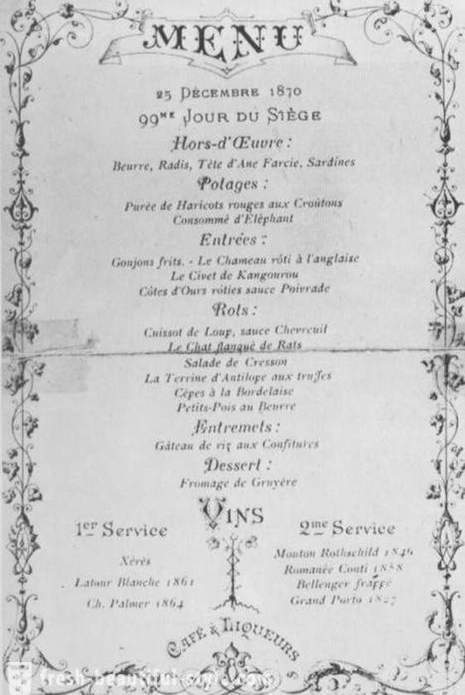
In the Christmas menu Voisin restaurant dishes were an elephant, kangaroo rats.
On Christmas Day 1870 was held Voisin meal in the restaurant. She became famous in history because of the menu. It has been entitled by the words "99 days of siege", he is also making an extensive wine list. The first menu dish - a donkey's head, stuffed with radish, butter and sardines. A choice of two soups: red bean and toast and broth of an elephant. Also on the menu from Voisin was a cat, a rat, kangaroo in sesame, antelope in truffle and a wolf in a sauce of deer.
Most of these animals came under the knife right out of the zoo, where the already desperate to feed and rescue their pets. Fell under the knife and three elephants.
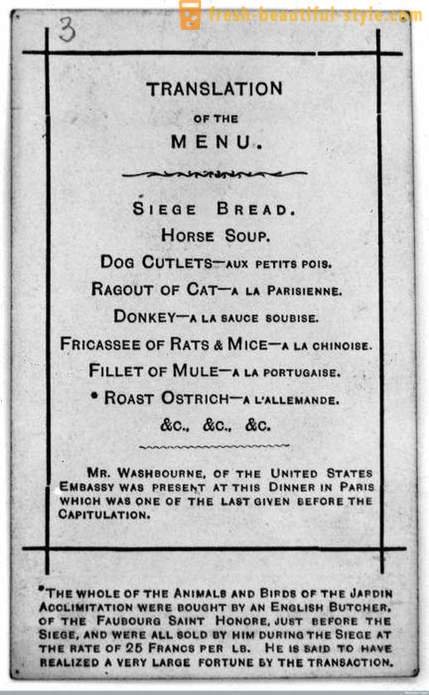
another Paris restaurant menu siege period 1870-1871.
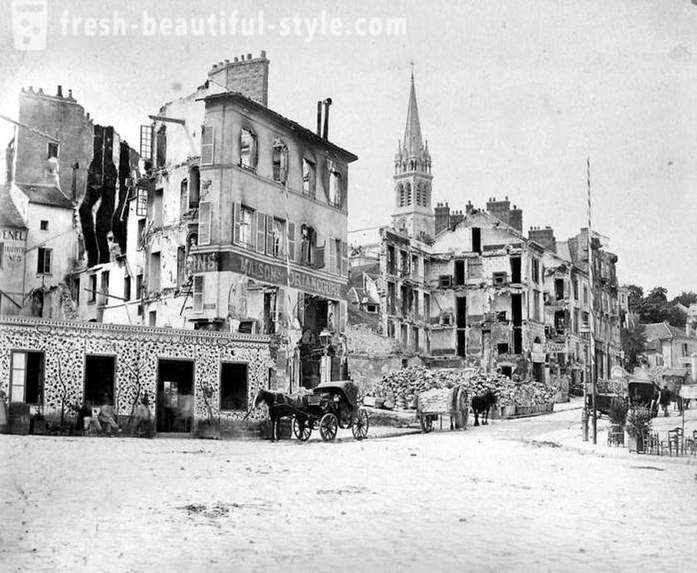
Paris suburb of Saint-Cloud after the bombing. October 1870.
By January 28, 1871, when the Germans lifted the siege of Paris hit by shelling and was filled with starving people. The city completely disappeared all pets, even the famous poodles.













































